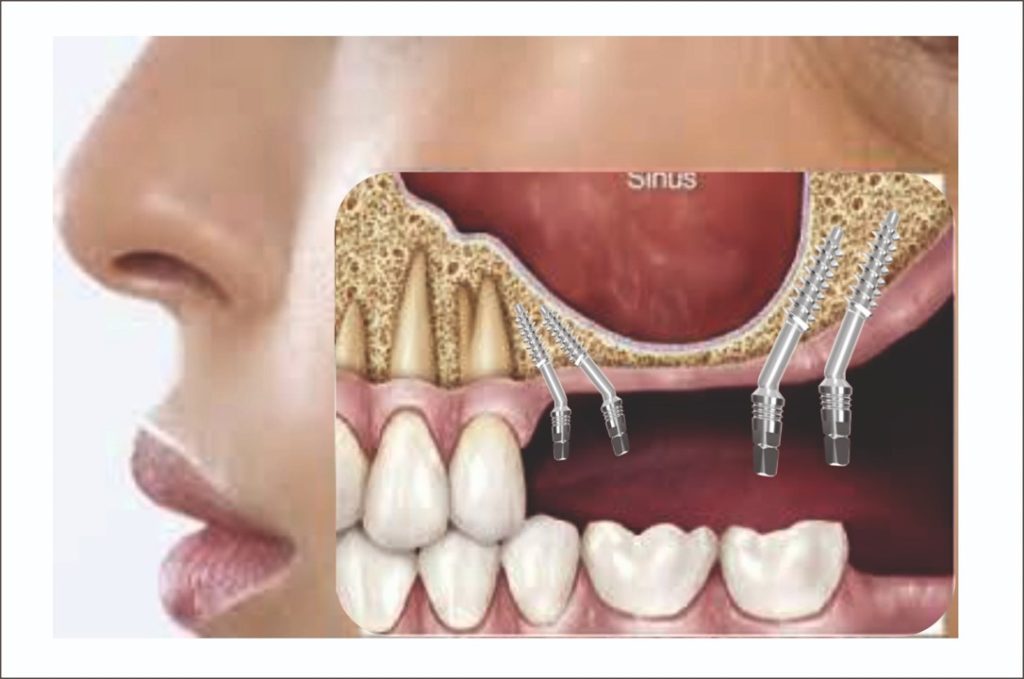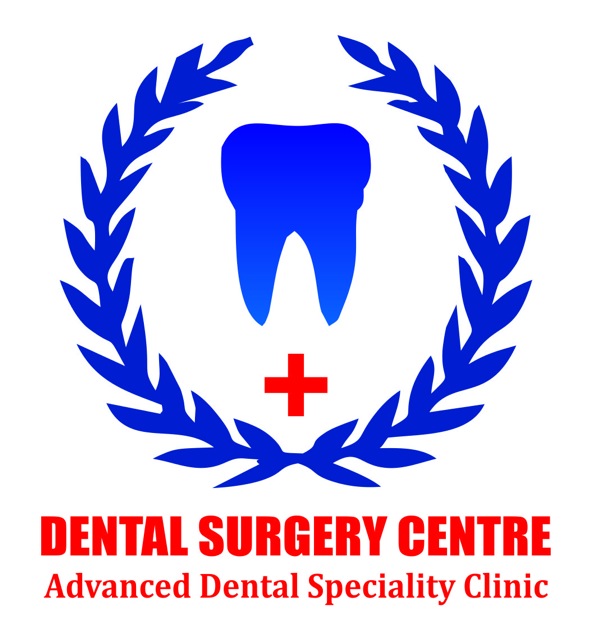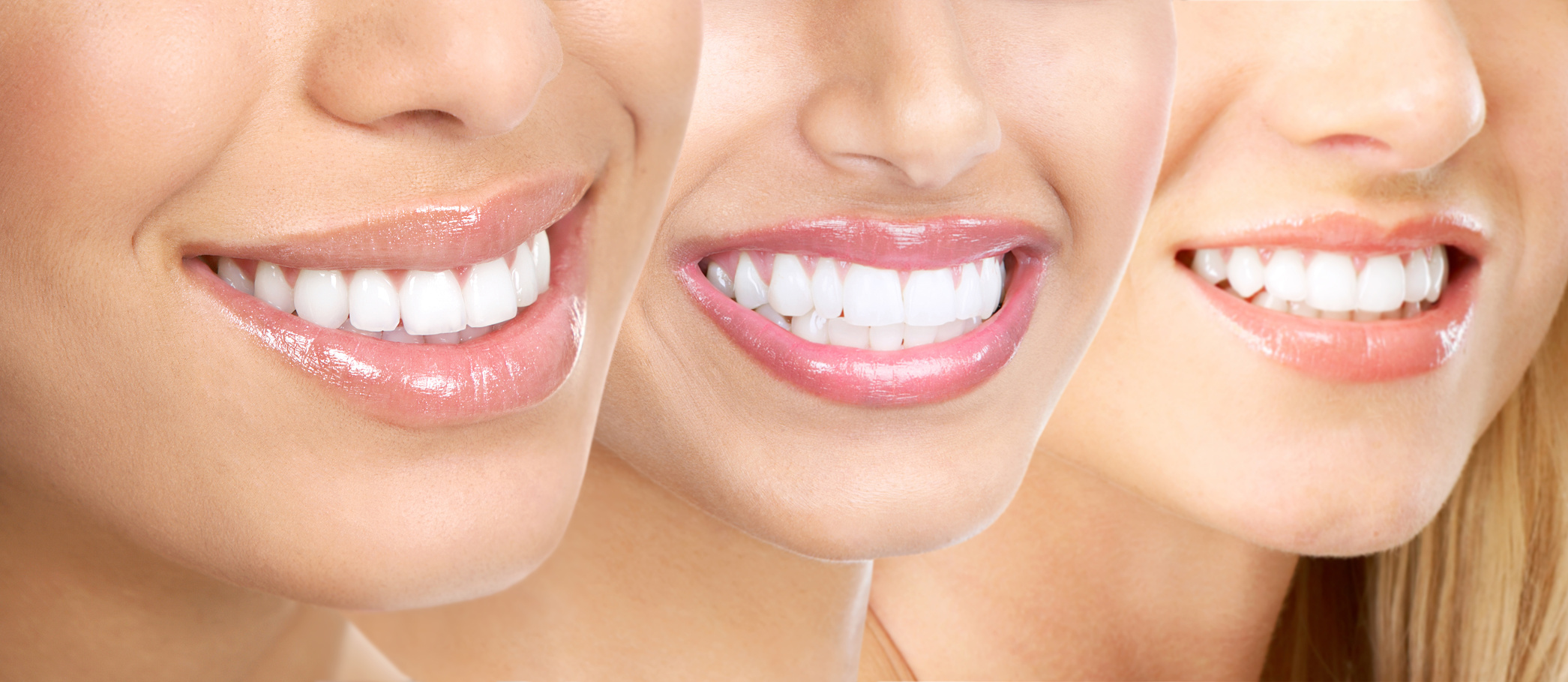Sinus Lift or Sinus By pass
REMEMEBER Sinus Lift Procedure/SINUS AUGMENTATION ARE NOT REQUIRED IF YOU USE BASAL IMPLANTOLOGY?
No More Sinus Lifts
Application of Concepts Stemming from Orthopedic Surgery for Effective Dental Implant Procedures in the Distal Maxilla
Making painful sinus lift dental implants a thing of the past
How do we Avoid Sinus Lifts ?
The technique of basal (or lateral) implantology is based on stabile, cortical engagement of endosseous implant parts. The implants are adapted to reach maximum cortical engagement in resorption free zones: basal screw implants are insertedverticallyor in angle up to 30 degrees off the vertical. Angulation adapters provide the possibility to connect cemented bridges to the implants, even if the endosseous implant parts are divergent. Basal screw implants utilize opposing corticals and resorption freebone areas, preferably bone near muscle attachment regions; lateral basal implants utilize the horizontal bone supply, they are inserted from the lateral aspect of the jaw bone. At the same time they may pass through and even utilize spongious bone areas,but their success does not depend at all on bone being available between the corticals or osseous integration in areas other than the cortical bone, even if under functional load these areas are hardened. This leads to completely changed therapeutic option in the lateral maxilla: sinus lifts have become avoidable because all patients have sufficient horizontal bone naturally, even if vertical bone is missing. This following picture explains on basal implants and lines out a treatment concept without bone augmentation for the upper jaw.

What is a Sinus Lift Procedure?
The maxillary sinuses are behind your cheeks and on top of the upper teeth. Sinuses are like empty rooms that have nothing in them. Some of the roots of the natural upper teeth extend up into the maxillary sinuses. When these upper teeth are removed the sinuses tend to enlarge along with as we age. This can result in a thin wall of bone separating the maxillary sinus and the mouth. Dental implants need bone to hold them in place. When the sinus wall is very thin, it is impossible to place dental implants in this bone.
There is a solution and it’s called a sinus graft or sinus lift graft. The dental implant surgeon enters the sinus from where the upper teeth used to be. The sinus membrane is then lifted upward and donor bone is inserted into the floor of the sinus. Keep in mind that the floor of the sinus is the roof of the upper jaw. After several months of healing, the bone becomes part of the patient’s jaw and dental implants can be inserted and stabilized in this new sinus bone.
The sinus graft makes it possible for many patients to have dental implants when years ago there was no other option other than wearing loose dentures.
If enough bone between the upper jaw ridge and the bottom of the sinus is available to stabilize the implant well, sinus augmentations and implant placement can sometimes be performed as a single procedure.
Maxillary sinus floor augmentation (also termed sinus lift, sinus graft, sinus augmentation or sinus procedure) is a surgical procedure which aims to increase the amount of bone in the posterior maxilla (upper jaw bone), in the area of the premolar and molar teeth, by lifting the lower Schneiderian membrane (sinus membrane) and placing a bone graft.


Traditional Sinus Augmentation or Lateral Window Technique
There are multiple ways to perform sinus augmentation. The procedure is performed from inside the patient’s mouth where the surgeon makes an incision into the gum, or gingiva. Once the incision is made, the surgeon then pulls back the gum tissue, exposing the lateral bony wall of the sinus. The surgeon then cuts a “window” to the sinus, which is exposing the Schneiderian membrane. The membrane is separated from the bone, and bone graft material is placed into the newly created space. The gums are then sutured close and the graft is left to heal for 4–12 months.
The graft material used can be either an autograft, an allograft, a xenograft, an alloplastic (a growth-factor infused collagen matrix), synthetic variants, or combinations thereof. Studies indicate that the mere lifting of the sinus membrane, creation of a void space and blood clot formation might result in new bone owing to the principles of guided bone regeneration. The long-term prognosis for the technique is estimated to 94%.
SINUS LIFT PROBLEMS
It is a very intrusive measure which results in extensive inflammation and bruising.The others being
- Tear in the Sinus membrane.
- Sinusitis.
- Septicemia.
- Soreness and pain.
- Tissue or nerve damage.
- Oroantral fistula.
- Bleeding.
- Implant failure.
Recovery time will be around 6 to 8 months before implantation procedure can be attempted but, in very few cases sinus lift is accompanied immediately by implantation.
Sinus lift involves,repeated surgeries such as, a procedure to extract bone from the donor site for bone grafts, followed by a surgery to place the obtained graft material in the required area, succeeded by two more surgeries, one for the implant placement after 6 to 8 months and an other for the exposure of the implant.
Key points
- Atrophy of the posterior maxillary alveolar bone is commonly encountered after tooth loss.
- There are 2 main approaches to sinus augmentation in preparation for implant placement: trans alveolar and lateral antrostomy.
- Knowledge of the complications associated with this procedure is essential for successful treatment
Latest Development in Sinus Lift Procedure/Augmentation
In recent times sinus lift is considered as an out dated procedure as permanent teeth in 3 days cases are being preferred and also many alternatives to sinus lift procedure have evolved over time, as rehabilitation in the distal maxilla has always posed problems to the implantologists due to the anatomy of the sinus,poor quality and quantity of bone and also due to improper access.To overcome this along with sinus lift and bone grafts other procedures like short implants and tilted implants have been proposed but they have their own limitations. The ultimate solution for this situation is affordable implants, which help in restoring the upper posterior grinders by placing tuberopterygoid Implants in the distal half of the upper jaw, they act as an substitute to avert sinus lift complications and bone grafts. The basal implant cases using the tuberopterygoid Implants have a very high success rate with minimal complications as the Pterygoid bone is highly mineralised and is not prone to resorption.The tuberopterygoid Implants also cut down the full denture implants cost


HOW DO WE MANAGE: by two methods!
- Sinus Bypass: With tuberopterygoid Implants.
One implant is placed anterior to sinus with distal tilt and one placed posterior to sinus with mesial tilt. - Trans Sinus Implants: basal implants provide simple,less invasive and cost effective alternatives to sinus lift procedure, where patients can get fixed, functional permanent teeth in 3 days




